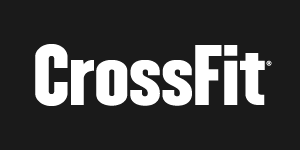October Mobility Challenge ResultsFlexibility is one of the 10 General Physical Skills we seek to develop through our strength and conditioning training. However, everyday in class we devote a section of time to developing our mobility. What is the difference between flexibility and mobility? Flexibility is the ability to maximize the range of motion of a joint and/or muscles. Mobility is the ability to move through a functional range of motion while maintaining balance, strength, alignment. These physical traits are equally as important as strength, power, speed, and endurance. However, they're not nearly as much fun to train. No one really likes to do mobility, we'd all rather do they sexy hard stuff. Well, mobility matters. Improved movement will increase your performance, help manage risk, reduce injuries and make you more durable as you age. We started our Mobility Challenge with an average gym score of 71 and we dropped 2 points by the end. I'm sorry to report that the make average score dropped by 4 points which dropped the gym average. Unfortunately, the men in our gym are on a downward trend. Come on fellas! We need you to step-up your mobility training! Here are the individual winners: Debbie had the highest GOWOD mobilization time. She put in the most work and it's reflected in her improvement. She scored 19 points higher on her reassessment. In second place is Elisa with an 18 point improvement. Tied for third place is Linda and Char who both had impressive 15 point improvements. Nice job ladies! The top place man was Craig with a 17 point improvement, Colter and Robbie tied for second place with an 11 point improvement. Duane had a 9 point improvement which is good enough for third place. Way to go fellas! What did you think of our October Mobility Challenge? Did you like it? Did you do any mobility outside of class time? Share with us in the comments.
0 Comments
Myth: Rest is the Same as RecoveryEvery Sunday is a rest day from the gym. We encourage everyone to take it easy, get outside and play, and take a nap. While a rest day is super important to prevent over-training, rest alone is not enough in an effective recovery program. CrossFit is the sport of fitness, meaning it is more than just an exercise program, it is a sport in its own right. Ask any athlete about rest vs. recovery and they'll tell you rest is the absence of of effort, movement or exertion, while recovery is a set of specific actions that aid the body, mind and spirit in recuperating from current training and prepares us for our next training session. We all have heard about the deleterious affects of over-training, e.g. fatigue, weight gain, performance decline, sleep disruption, pain, and a lack of excitement for training. In reality, over-training is really under-recovering. The folks at Whole9 Life describe recovery as, "the restorative process by which you regain a state of 'normalcy'; health and balance. (If your 'normal' is not 'healthy,' perhaps you should spend some time considering that.) Are you actively and deliberately recovering from your CrossFit workouts, competitions, and other physically stressful events? Answer these 10 questions from the Whole9 Life folks to see if you're under-recovered from your CrossFit workouts.
October Mobility Challenge Ends this WeekAll this week we are retesting our mobility via the free GOWOD Mobility Assessment. The most improved man and most improved woman will win a prize. You can see from the image above that the men in the gym have the biggest opportunity for improvement. We are awarding a prize to the athlete with the highest mobilization time on the GOWOD app. We had 18 people who officially took on the GOWOD App challenge and collectively we logged 42 and a half hours of mobility in October. Way to go team! Debbie is the athlete who logged the most time this month with nearly 5 hours of mobility. Nice job Debbie! Share with us in the comments your experience of our month long focus on mobility. Do you feel better in your body? Did you notice a change in your performance? Your coaches want to know! Fall Food Drive Oct 30-Nov 18We are getting a head start on the Can the Griz Food Drive. We also have a fun twist, each class is competing against each other to see who can donate the most food! Will the 6am class be most generous? Perhaps the 5:30pm class has better odds for remembering to bring food to the gym? Either way, we start today!
Do Your Mobility or DieWe have only only more week in our October Mobility Challenge. We will retest your mobility via the free GOWOD Mobility Assessment next week. The most improved man and most improved woman will win a prize. We will also award a prize to the athlete with the highest mobilization time. Debbie has surged to the top this week. Will she maintain her position? If you really want to make a difference in your body, you need to move it every day. You can, of course, just do the mobility we do at the gym, you can go to yoga, or you can follow the simple GOWOD mobility at home every day. Improving your mobility will improve every single other thing you do in life. Regaining and maintaining the full range of motion of all your joints and tissues is just as important as rowing fast, lifting heavy shit or even getting your first pull-up.
|
Special EventsRecord your WOD on Beyond the Whiteboard.
Do you need CrossFit or yoga gear? Click on the links below to buy through our GORUCK, Reebok, Rogue or Affiliate share sale programs. These are affiliate links and our gym will be compensated if you make a purchase after clicking on these links.
Check out our Flickr page!
Categories
All
Archives
April 2024
|
True Spirit CrossFit
|
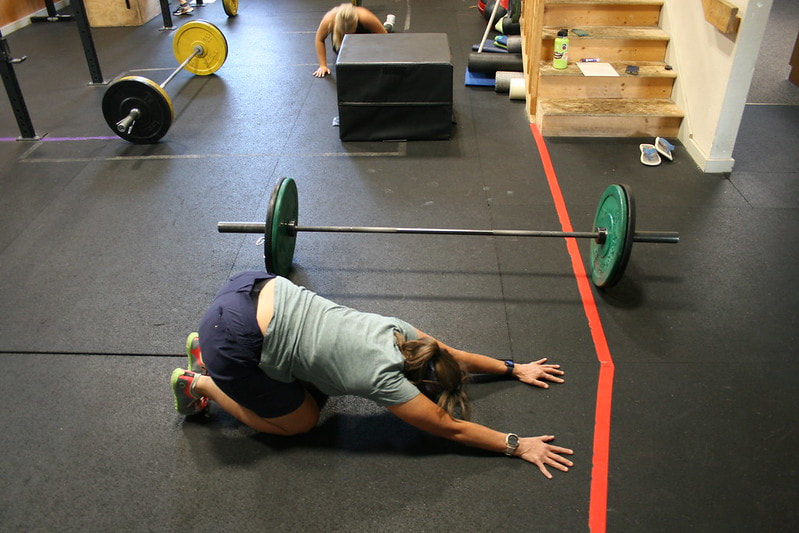
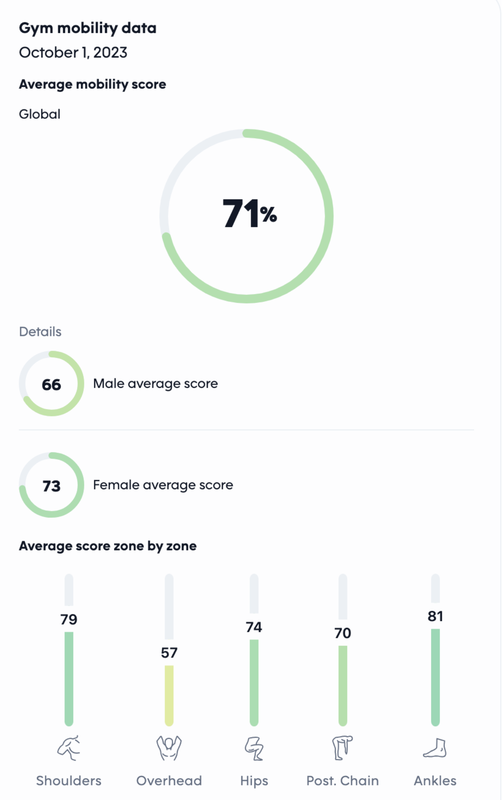
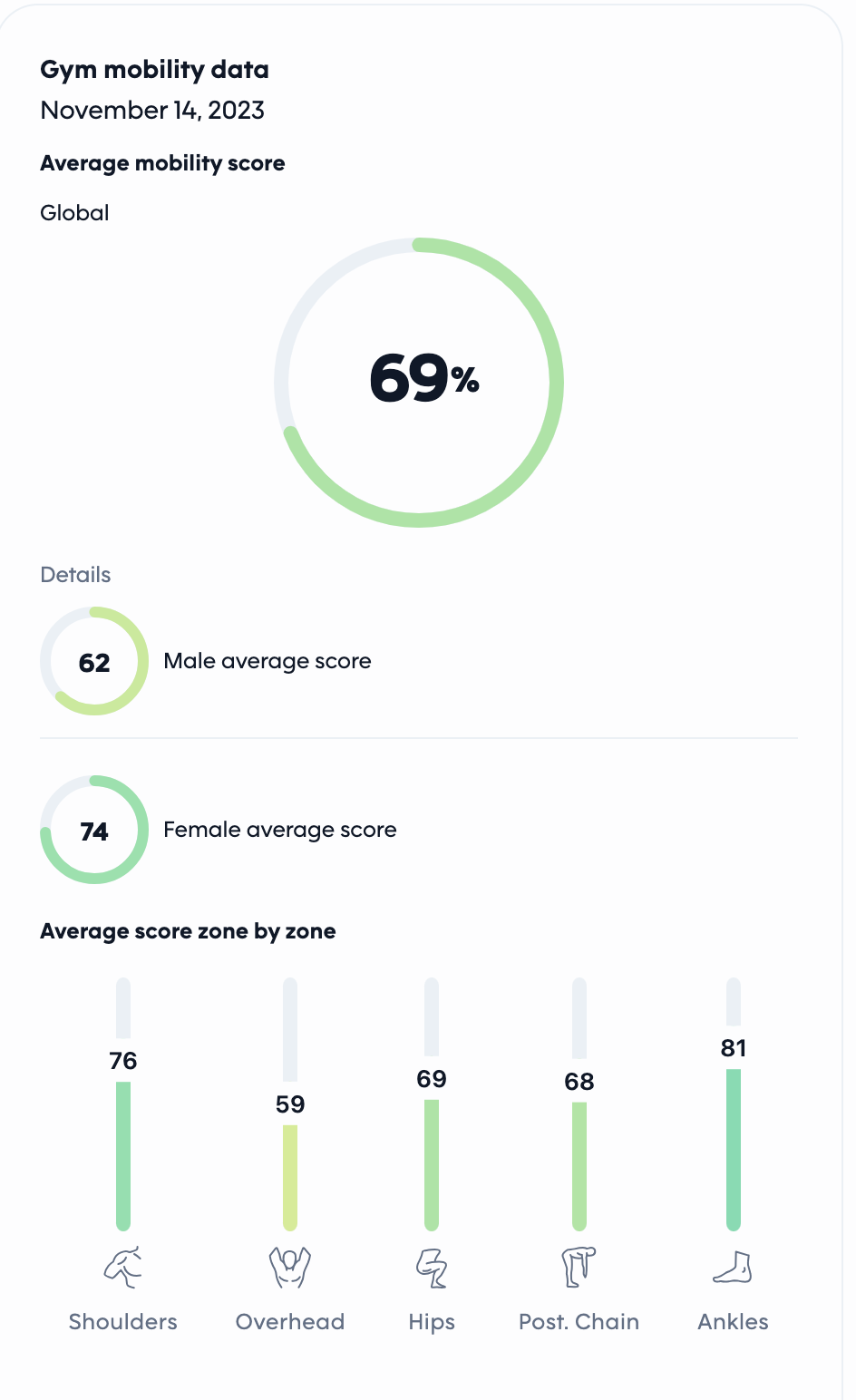
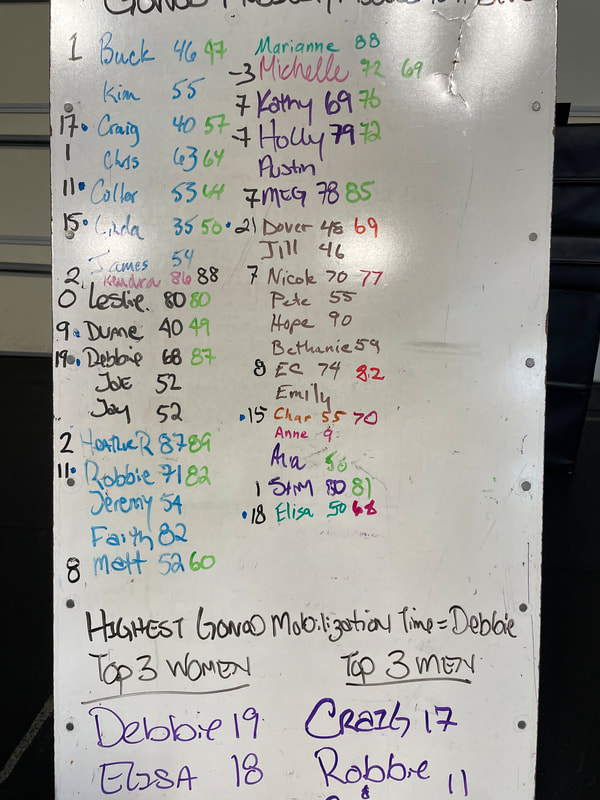
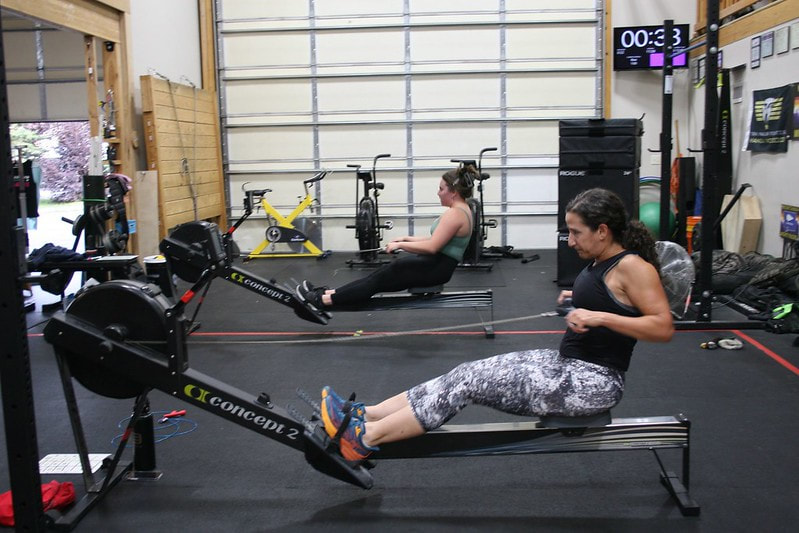
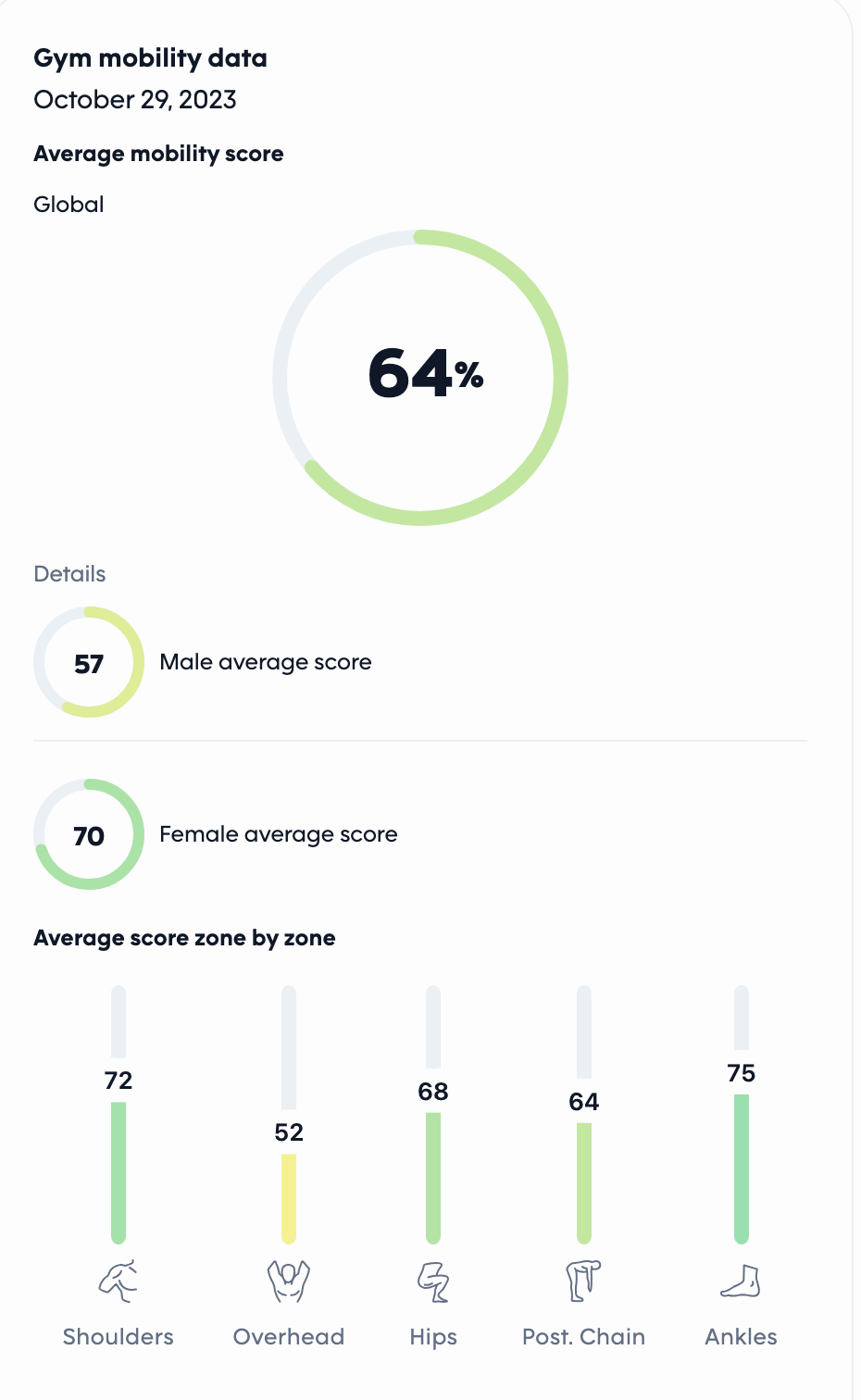

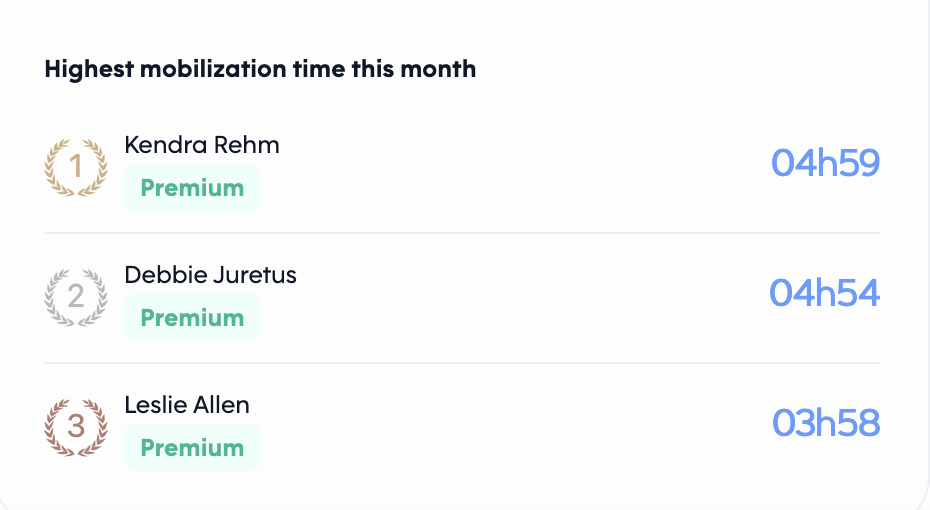

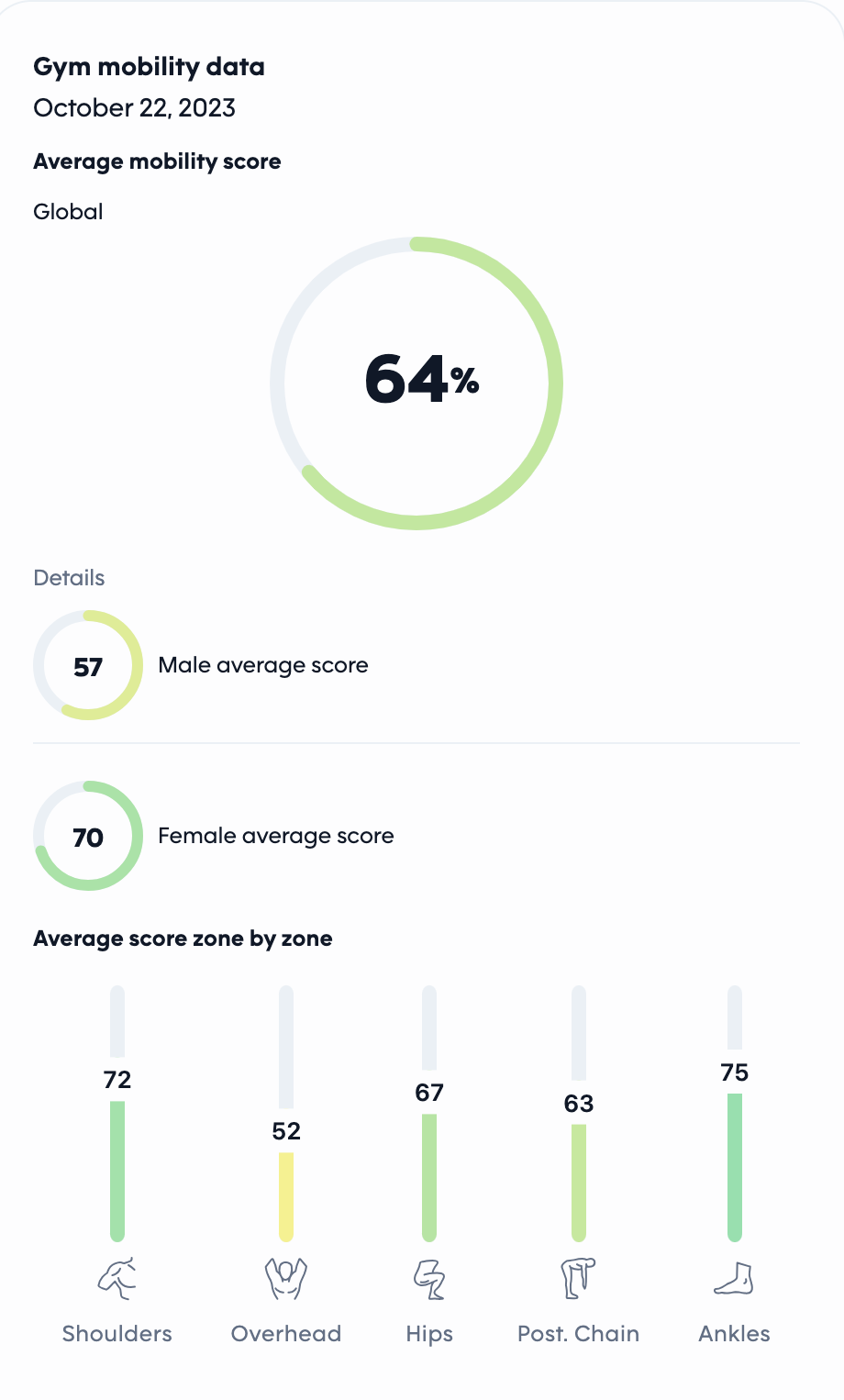
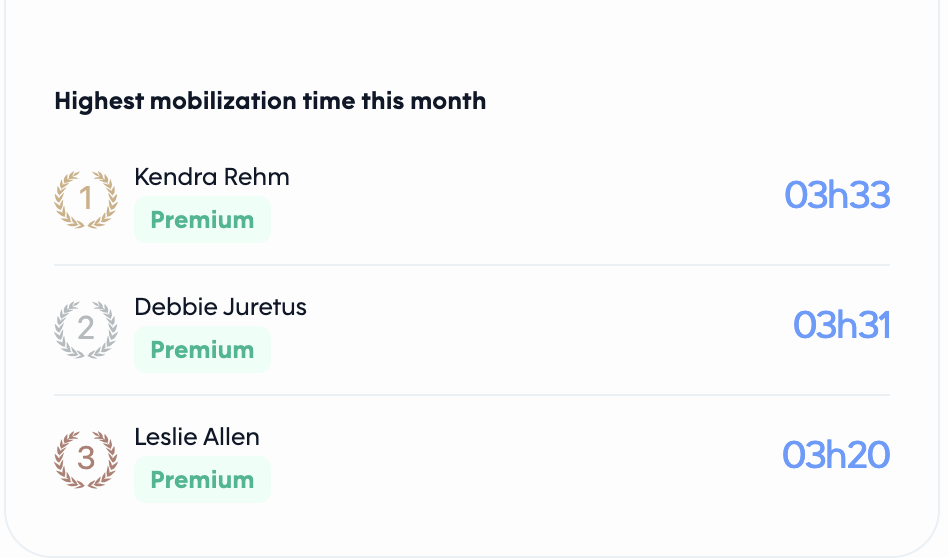
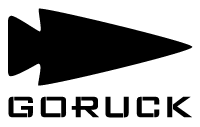


 RSS Feed
RSS Feed
